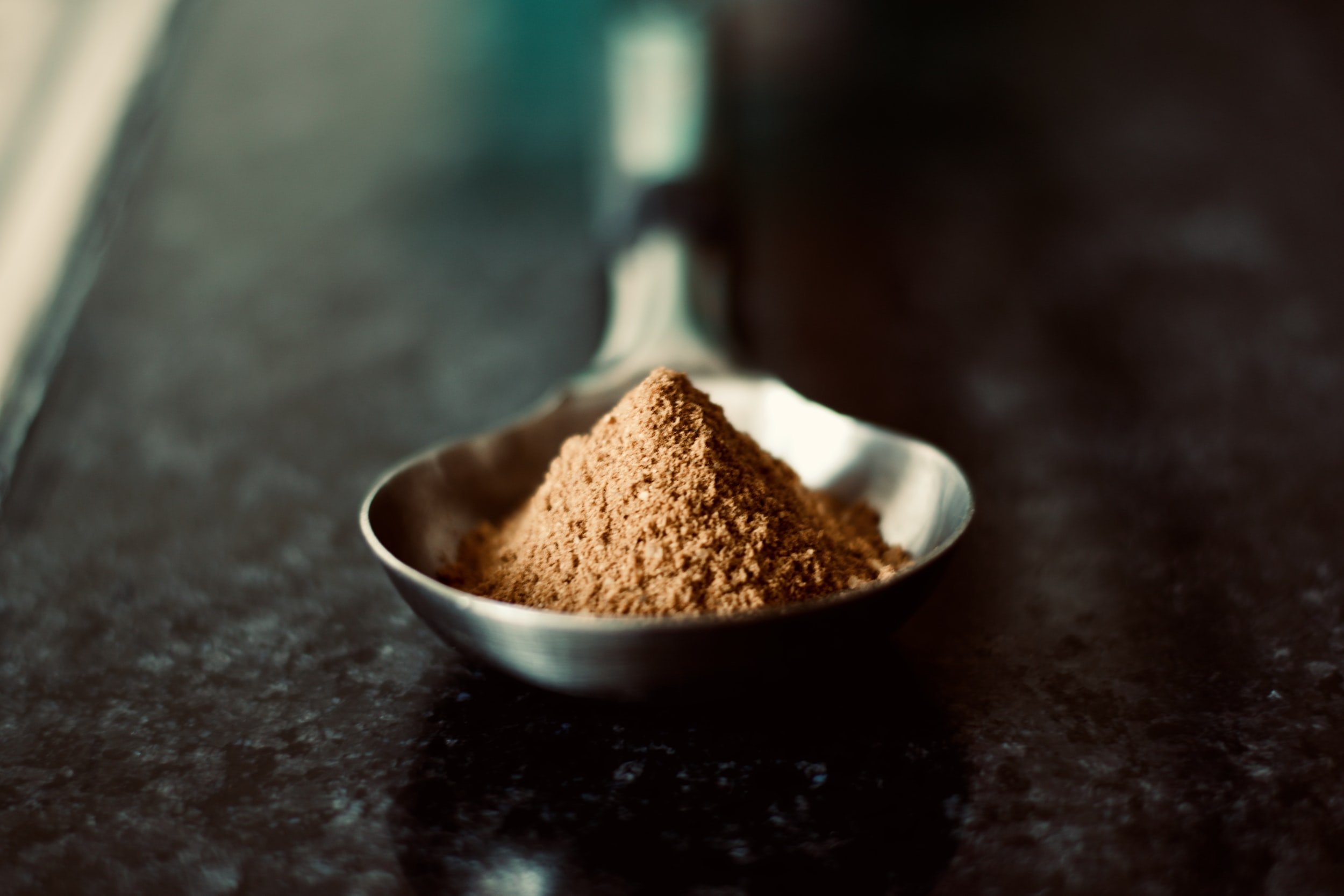Spotlight on Protein Powder
Whether you use protein powder in your diet largely comes down to personal choice, and while most people don’t need a protein powder, they can be useful in some cases. They can be very convenient, they can add flavour to foods like oats or smoothies, and some people who struggle to consume enough protein can find protein powder very useful. This post will give you an idea of what to look for when purchasing a protein powder, to make the best choice.
For certain populations it can be a challenge to meet daily protein requirements. This includes the elderly who may have a reduced appetite or trouble chewing, in athletes with high physical demands, people with poor digestive health, and in those who eat a vegan diet who may not get enough plant-based sources of protein in their diet.
If you choose to use a protein powder do remember that this is a supplement, meaning it is supplementary to food, so please do always aim to get your protein from healthy food sources where possible.
A bit about protein
Protein is required for almost everything in the body including muscle protein synthesis, enzymes, hormones, neurotransmitters and more. The recommended amount of protein needed per day for an average adult is 0.8g of protein per kilogram of body weight.
Protein consists of smaller components called amino acids. There are 21 amino acids in total and we produce most of them within the body, however 9 amino acids come solely from the food we eat.
Types of protein powder
As you will see below, some protein powders have a complete amino acid profile whereas others don’t, however as a supplement to a balanced diet this is unlikely to affect reaching total daily protein requirements. Some of the more popular types of protein you may come across are:
Whey – this is a protein from milk and is considered a complete protein containing all the 9 essential amino acids. Often a favourite with bodybuilders due to it’s amino acid profile. Whey is usually low in lactose however it may cause digestive problems in those sensitive to dairy. It has a creamy texture.
Soy – also a complete protein containing all the amino acids and is vegan friendly. Has a slightly nuttier flavour than whey.
Pea – this is a sustainable plant-based option. Pea protein isn’t a complete protein as it is lower in two essential amino acids (tyrosine and methionine). It doesn’t taste of pea, and has a rather neutral taste.
Hemp – not a fully complete protein but pretty close. It is a brownish-green colour with an earthy nutty taste.
Rice – another popular plant-based option which is mostly a complete protein but lacks lysine. It can be described as chalky and sometimes bitter when consumed without added flavour.
Plant-based blends – these are blends of different types of plant protein such as rice and pea, to make a complete the amino acid profile. This is a good option for people who may be consuming limited dietary protein that prefer a vegan protein powder.
What to look out for
Not all protein powders are created equal, and the ingredients of powders come in varying quality.
One key component to look out for is sweeteners. A recent British Medical Journal study found artificial sweeteners to be linked to heart disease and are therefore best avoided. Common artificial sweeteners include aspartame, sucralose, acesulfame K and saccharin.
Some more natural sweeteners such as stevia and xylitol may be a better option based on what we currently know about sweeteners, however if you have IBS or gut health issues be aware that xylitol can exacerbate symptoms. The best option is to go for an unsweetened protein powder and sweeten it yourself with a little honey, maple syrup, a ripe banana or a couple of dates.
Opt for organic options where possible, especially in whey protein, and avoid any other artificial flavours or colours.
How to use protein powder
Protein powder is most commonly consumed in shakes or smoothies, however it can also be excellent for adding flavour to foods. It can also be used to make a carbohydrate-heavy meal such as oats more nutritionally balanced. Some ways to use protein powder are:
Shakes/Smoothies/Smoothie bowls
Mixed into oats (overnight oats or porridge)
Mixed into yoghurt and topped with fruit
In a chia pudding
Added to bakes such as protein brownies
Mixed into energy balls
References
BMJ https://www.bmj.com/content/378/bmj-2022-071204
